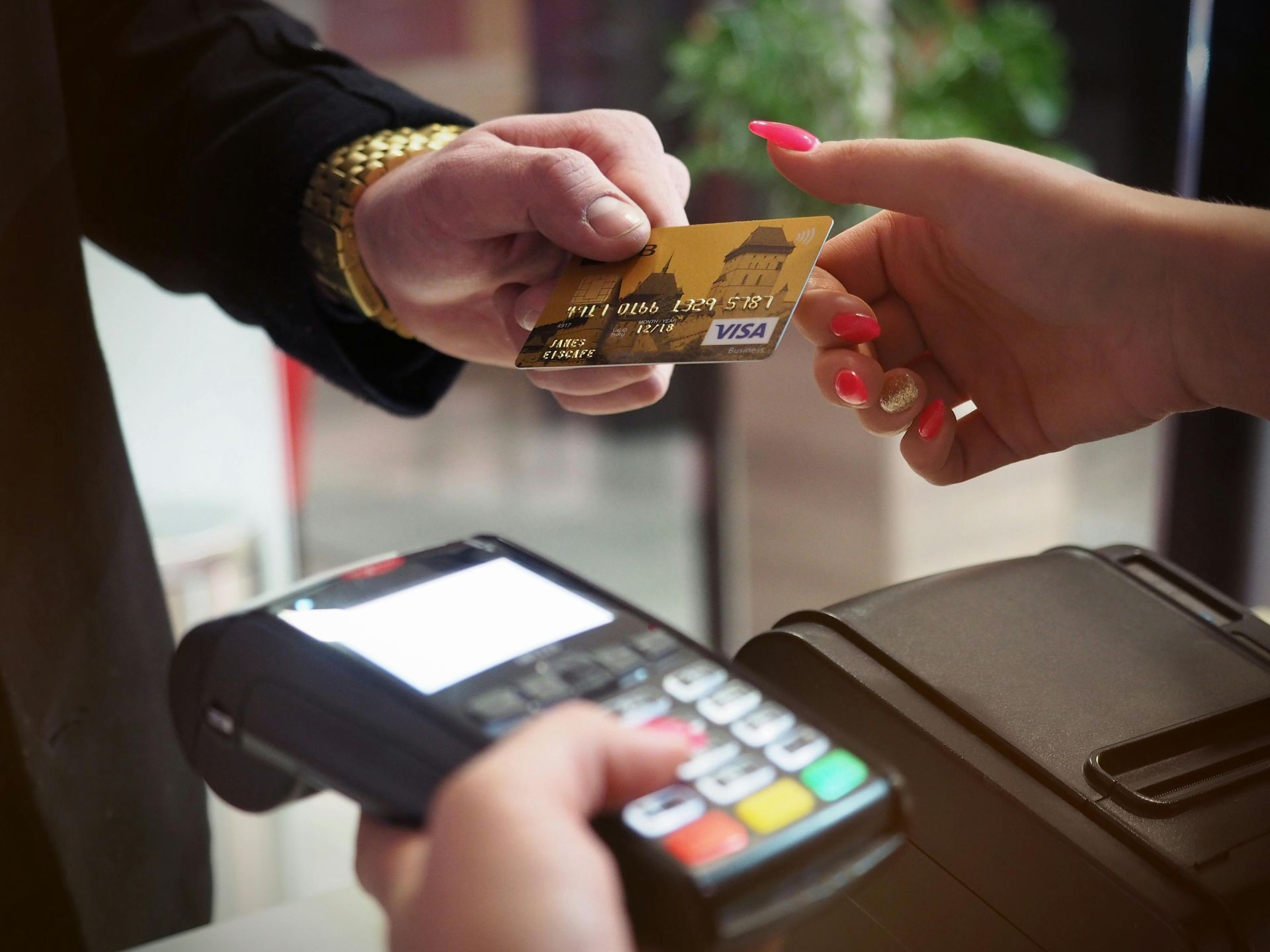Buying a Home or Refinancing? How to Skip the Bank Line and Talk to the Right Person
May 29, 2025
Looking for a mortgage or personal loan can be overwhelming. Most people don’t realize that not all bankers are the same — and the person at your local branch might not be the best fit for your financial goals.
That’s where OpenBankr steps in.
We connect individuals directly with verified, experienced bankers who specialize in mortgages, lines of credit, and more — so you can get tailored advice, not templated sales pitches.

Why Use OpenBankr?
- Filter by expertise (first-time homebuyer? refinancing? line of credit?)
- Choose your bank — RBC, BMO, TD, and more
- Match by language, location, and availability
- Browse profiles and see banker reviews before reaching out
You deserve more than an 800 number or a “mortgage specialist” who’s only available once a week. With OpenBankr, you get direct access, full transparency, and the confidence that you’re talking to someone who gets your needs.
No waiting rooms. No call centers. Just real connections.

If you're applying for a mortgage, personal loan, or line of credit in Canada, you'll quickly hear one term over and over: TDSR . Short for Total Debt Service Ratio , this metric is one of the key things bankers and lenders look at when deciding whether to approve your credit application. Let’s break down what TDSR is, how it’s calculated, what benchmarks banks use, and how you can improve it to boost your approval chances. What Is TDSR? TDSR stands for Total Debt Service Ratio . It’s the percentage of your gross monthly income that goes toward paying all of your monthly debt obligations, including: Mortgage or rent Property taxes Credit card minimum payments Car loans or leases Lines of credit Student loans Formula: TDSR = (Total Monthly Debt Payments / Gross Monthly Income) x 100 Example: If your gross monthly income is $5,000 and your total debt payments are $1,800: TDSR = ($1,800 / $5,000) x 100 = 36% Why Does TDSR Matter? TDSR helps banks evaluate how leveraged you are and whether you can comfortably handle additional debt. Most lenders in Canada prefer to see a TDSR of 40% or less . Anything above that signals higher risk, and your chances of approval may drop — especially if your credit score or income stability are borderline. GDSR vs. TDSR: What’s the Difference? You might also hear about GDSR (Gross Debt Service Ratio). This metric only looks at your housing-related costs : Mortgage or rent Property taxes Utilities 50% of condo fees (if applicable) While GDSR is mostly used for mortgage approval , TDSR is used more broadly for all kinds of credit. What’s a Healthy TDSR?

If you’ve seen ads like “Get $350 when you open a chequing account” or “Earn $200 cashback with a new savings account,” you’re not alone. Major Canadian banks regularly offer sign-up promotions to attract new customers — but they often come with strings attached. This post breaks down: How to choose the right promotional offer Who to talk to at the bank What documents you need What to look out for in the fine print Step 1: Understand the Types of Promotions Banks in Canada typically offer bonuses for: Opening a new chequing or savings account Setting up direct deposit (e.g., your payroll) Keeping a minimum balance for a set period (usually 90+ days) Signing up for a credit card alongside your new account Common Bonus Examples: RBC : Up to $350 bonus for switching payroll deposit BMO : Up to $400 bonus + additional rewards for referrals Scotiabank : Bonus interest rates on high-interest savings accounts (HISAs) Step 2: Who to Talk to You may be tempted to walk into a branch and speak to the first person at the counter — but skip the teller line. Instead, ask to speak to a financial advisor or account manager . These professionals: Understand the promotion details Can explain conditions and help you qualify May offer bundled deals (e.g., account + credit card) Step 3: What You Need to Bring To open an account, you’ll need: 1 piece of government-issued photo ID (e.g., driver’s license, passport) 1 secondary piece of ID (e.g., SIN card, credit card) Proof of address (utility bill, lease agreement) A recent pay stub if the promo involves direct deposit Step 4: Watch Out for These Conditions: You may need to keep your account open for at least 90 days to receive the bonus Some promos are only for new clients (i.e., people who haven’t banked with them in the last 12 months) Failure to meet minimum deposit or transaction requirements could forfeit your reward Why Use OpenBankr? With so many options out there, it can be hard to know which banker to talk to — and whether you're getting the best deal. OpenBankr helps you: Compare verified banker profiles who specialize in account openings and promotions Submit a private RFP if you want bankers to come to you with their best offer Stay in control of your info until you're ready to engage Final Thoughts Bank promos are real — but so are the hoops you may have to jump through. By knowing what to expect and who to talk to, you can walk in with confidence and walk out with your bonus. For more tips on navigating Canada’s banking system, subscribe to the OpenBankr blog and be the first to hear when we launch.
